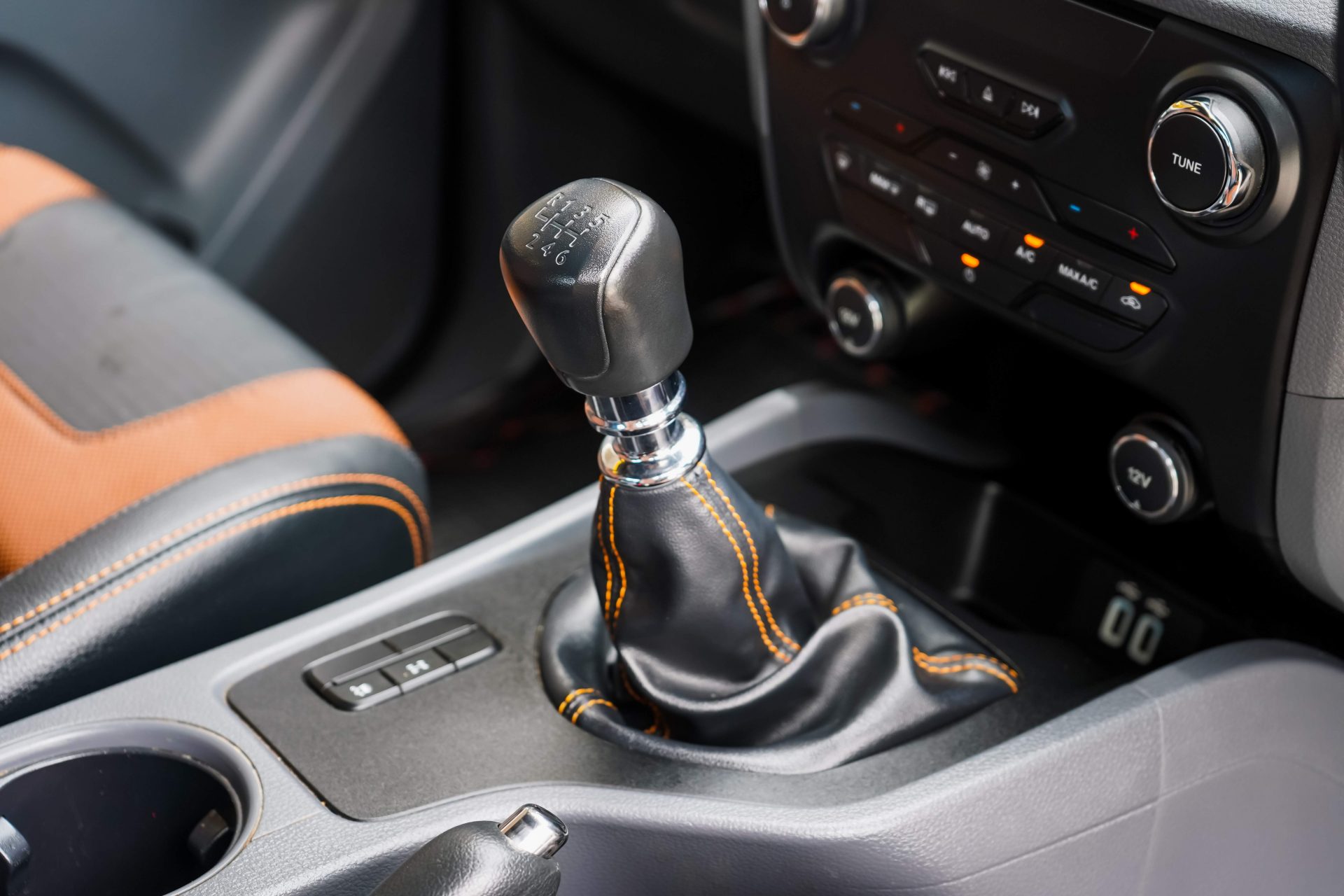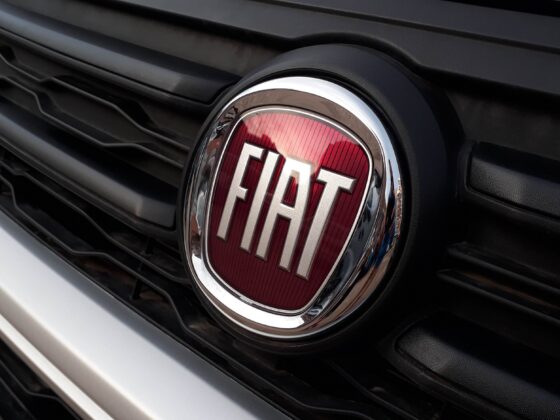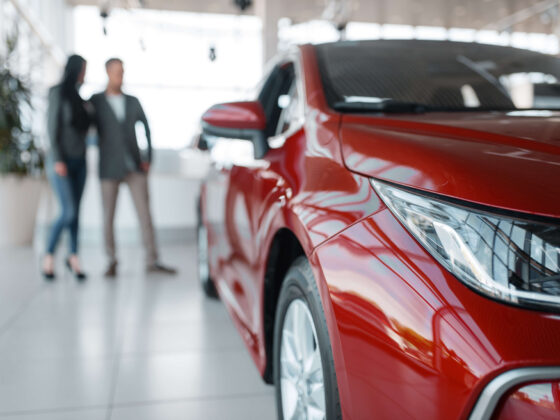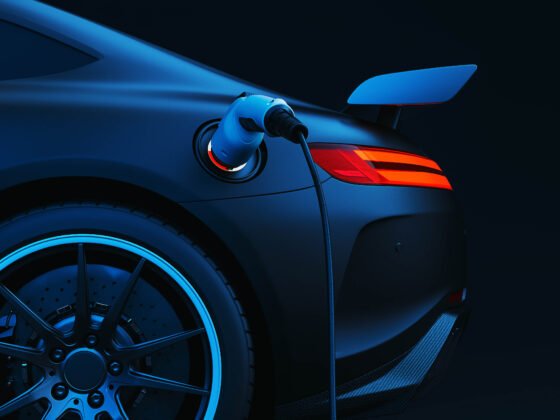See what we did there? A shift-back.
Use eTags© to Quickly Complete Your DMV Service. Renewals, Title Transfers and More, All Online!
Manual transmissions are making their comeback. Once considered a relic of the past, stick-shifts as they are endearingly called, are regaining popularity amongst both car enthusiasts and everyday drivers alike. This resurgence is not just a trend seeing as how these beauties never disappeared, rather it’s a reflection of changing preferences, and a nod to the rich history of manual transmission vehicles.
The Evolution of Vehicle Transmissions
To truly appreciate this revival, we have to explore the history of vehicle transmissions. In the early days, manual transmissions were the norm. Drivers had to manually change gears using the clutch, a third pedal. This shift is necessary with manual transmissions because, among other things, each gear is designed for a specific speed range. And in order to accelerate or decelerate, a change in gears must be made. New technology was not available to make this transition, well, automatic.
For the sanity and clarity of ourselves and you, please note that we are not attempting to explain how automatic transactions work. We’ll leave that to the experts. What we can tell you is that the introduction of automatic transmissions in the mid-20th century marked a significant departure in the driving experience. Three pedals slimmed down to two, and driving became a much simpler task. Thus, automatic transmissions expanded the freedom and privilege of vehicle navigation to a wider audience.
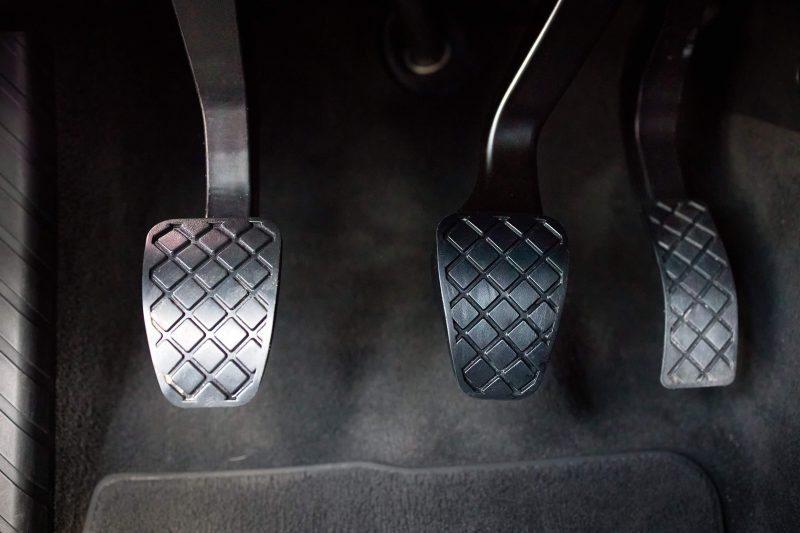
The Bowing of Manual to the Automatic
As technology advanced, automatic transmissions became more sophisticated, offering smoother shifts and improved fuel efficiency. The convenience of automatic transmissions, particularly in heavy traffic, contributed to their widespread adoption. Manufacturers began phasing out manual transmissions in favor of automatics, catering to the demand for a more effortless driving experience.
By the turn of the 21st century, manual transmissions had become a niche choice, primarily favored by driving enthusiasts who appreciated the tactile connection to the vehicle and the road. The decline of manual transmissions reached a point where many automakers stopped offering them altogether in certain models.
The Revival: Why Manual Transmissions Are Back
In recent years, there has been a noticeable resurgence in the popularity of manual transmissions. A few things have contributed to the shift (get it?!) in preferences among vehicle owners:
- Driving Experience – Enthusiasts argue that driving a manual transmission car provides a more engaging and connected experience. Shifting gears manually allows drivers to feel more in control of the vehicle, creating a sense of synergy between human and machine.
- Fuel Efficiency– Modern manual transmissions are designed with fuel efficiency in mind. Advancements in transmission technology have narrowed the gap between manual and automatic fuel efficiency, making manuals a more attractive option for eco-conscious drivers.
- Cost Savings – Manual transmissions are often more affordable than their automatic counterparts. The simplicity of manual transmission systems translates to lower manufacturing costs, making manual cars an economical choice for budget-conscious consumers.
- Theft Deterrent – In an unexpected turn, manual transmissions have become a deterrent for car thieves. With fewer people proficient in driving manuals, these cars are less likely to be targeted for theft.
Recognizing the renewed interest in manual transmissions, some automakers are reintroducing manual transmission versions in their lineups. Iconic models that were once automatic-only now offer a manual variant, catering to a niche market that values the art of driving.
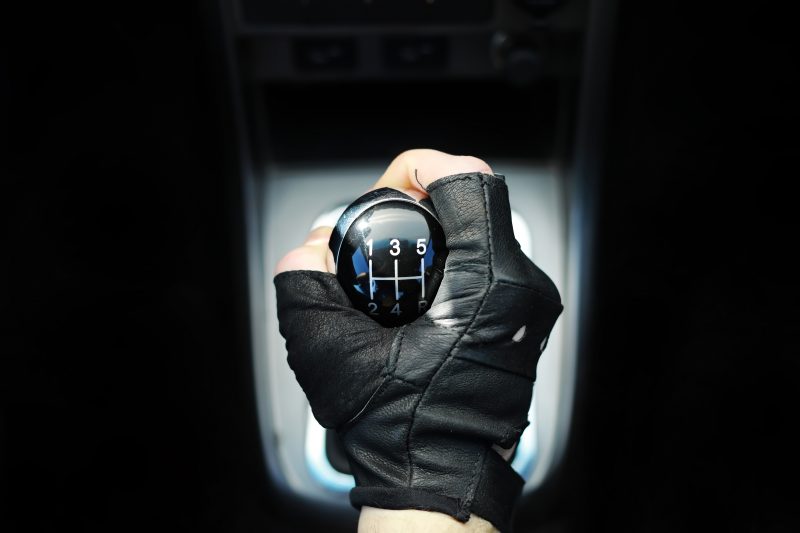
The Future of Manual Transmissions
While the resurgence of manual transmissions is evident, including as noted by re-sellers like Carvana, it remains to be seen whether this trend will continue in the long term. As electric and autonomous vehicles gain traction, the traditional manual gearbox faces new challenges. However, for the moment, both car aficionados and those seeking a unique driving experience continue to fuel the comeback of manual transmissions.
For driving enthusiasts, the manual transmission represents a connection to the roots of automotive culture. There is an appreciation of the control and skill required to navigate a manual gearbox, viewing it as a true expression of driving prowess. The revival of manual transmissions is testament to the diverse preferences of today’s drivers. As the automotive landscape evolves, the manual transmission stands as a symbol of a bygone era, embraced once again by those who value the thrill of a hands-on driving experience.
Do you own a manual transmission car or would you consider buying one? Tell us in the comments.
